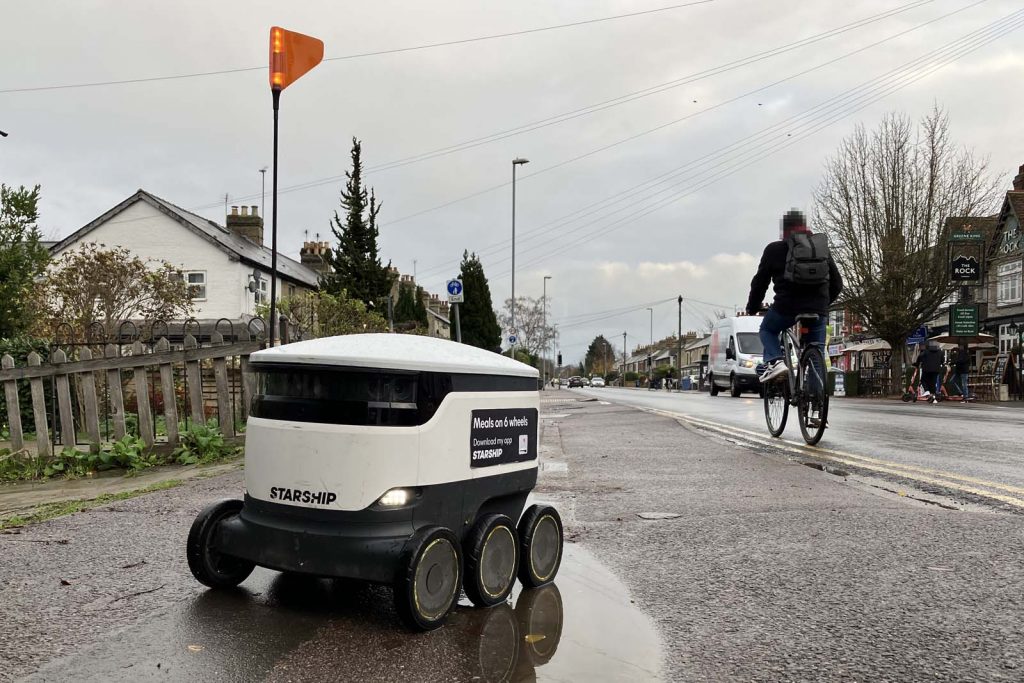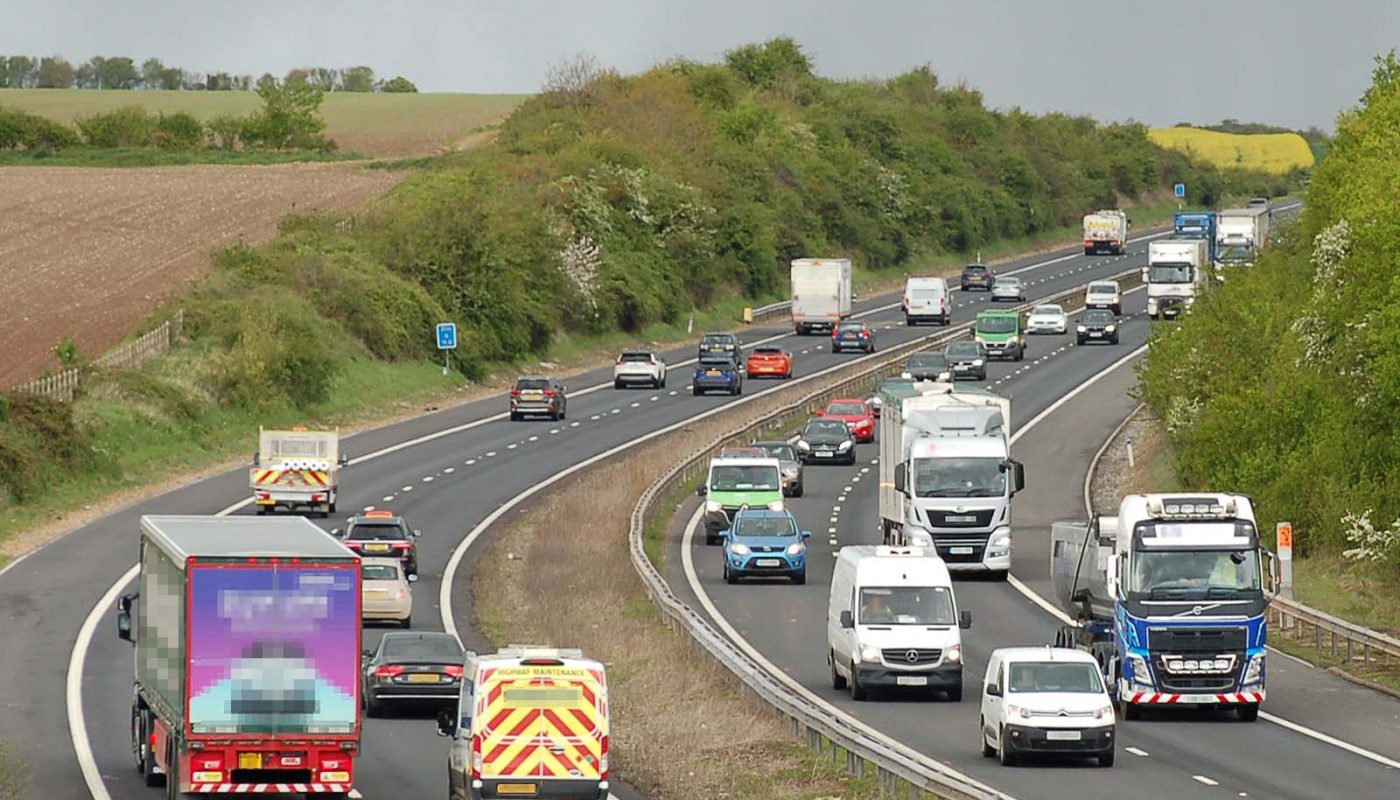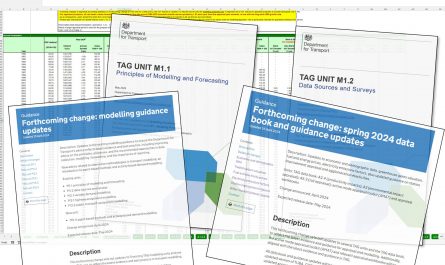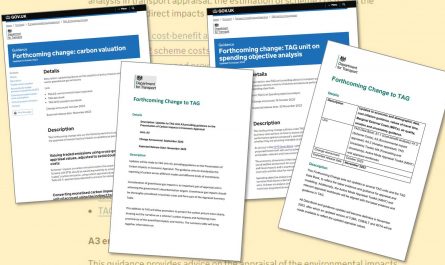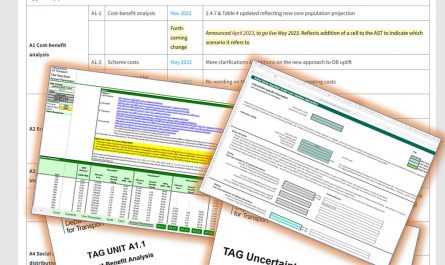Prof. Phil Goodwin has made a thought-provoking case for revisiting how we treat road freight in traffic modelling (and more besides)
A recent long-form piece from Professor Phil Goodwin – one of the most senior and highly-regarded people in the profession – has looked at the treatment of road freight in transport planning. It’s worth a read, not just for the ‘headline’ issue of how we treat freight in strategic traffic modelling, but also for his wider comments about the nature of today’s road freight and delivery industries.
It’s online at TAPAS where you can also see and join in with the below-the-line comments if you’re signed-up. It was also published in in Local Transport Today (issue 891, 8 May 2024).
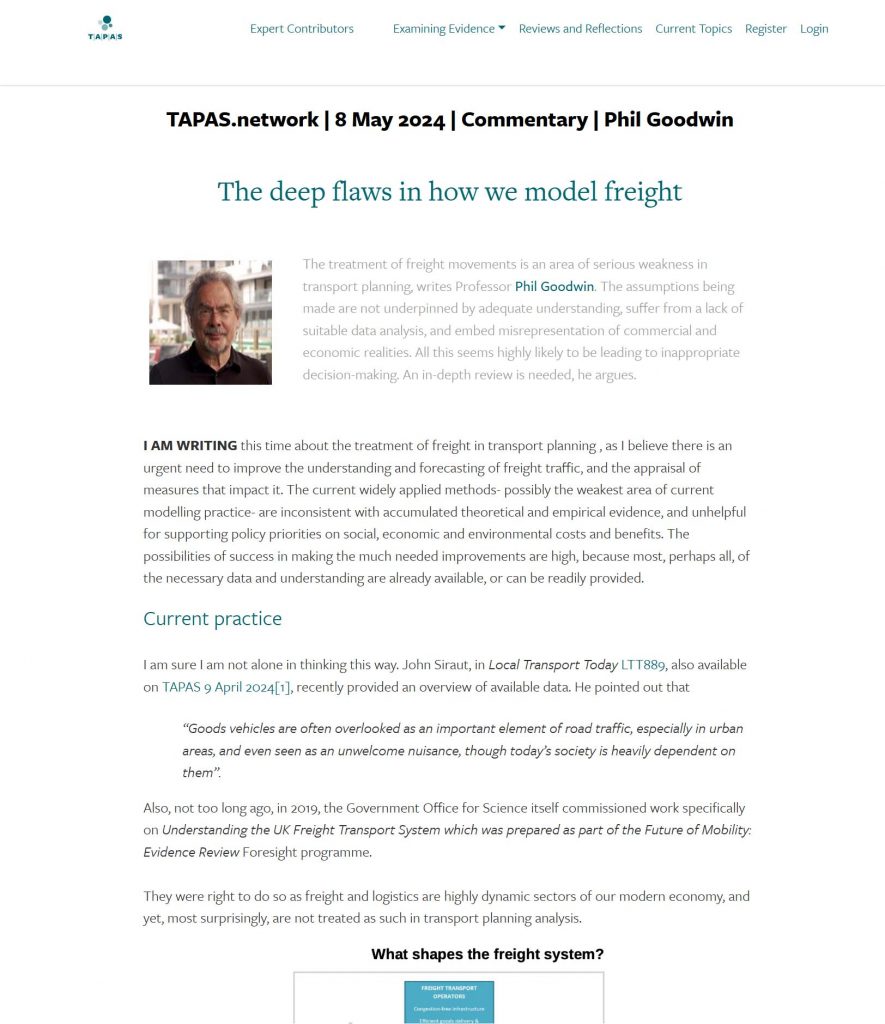
It’s best read properly with a cup of tea, rather than trying to skim it in a rush.
The main focus is on how freight is treated in traffic modelling for road schemes (and he makes a case for doing better). One of his key points is that the freight industry is more dynamic than is sometimes thought – both in the short run (day-to-day optimisation) and the long run (relocation, mode-shift, structural changes etc). He highlights the common practice, even on the largest schemes, of treating freight flows as ‘fixed matrices’ – in other words, not running through the variable-demand element of traffic modelling. He suggests this is no longer appropriate, and that the profession needs to bring the knowledge and application of freight demand-response up to the standard already in place for cars.
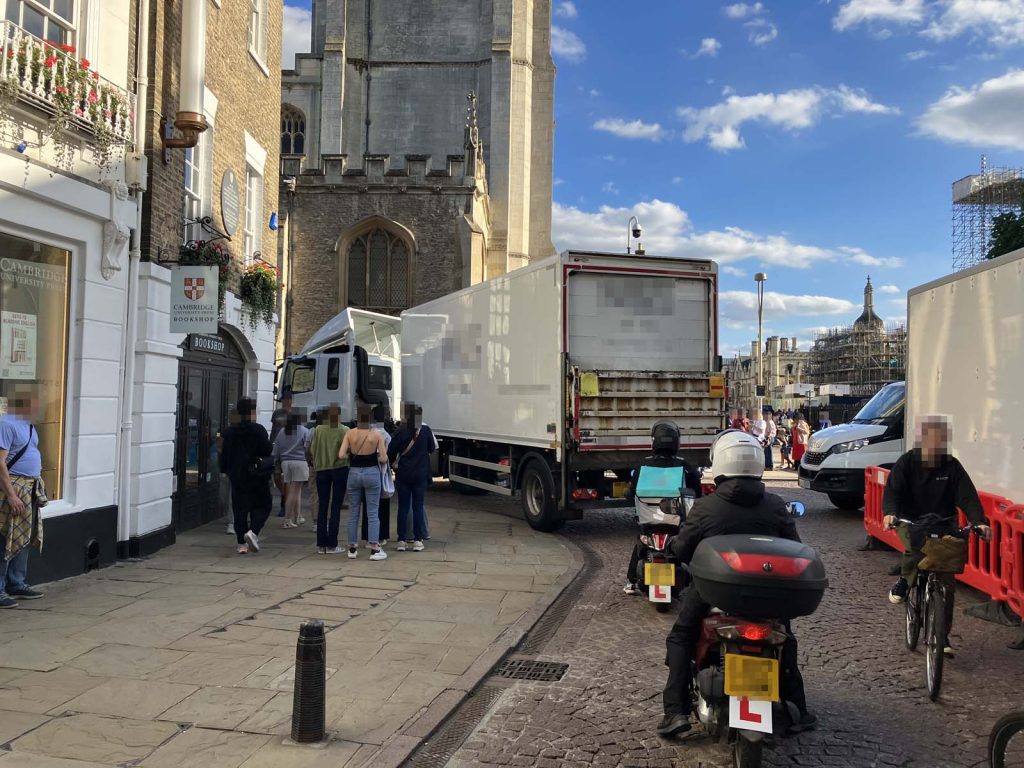
More widely, Phil’s piece includes some thought-provoking points on different parts of the freight industry – for example the growth of food delivery services – that have a range of transport planning implications.
I might differ on one or two details of the argument, and of course the importance of freight varies between issues and locations, but I agree that freight certainly deserves more attention than it sometimes gets.
Meanwhile…
That reminds me – the local delivery robots that I’ve previously mentioned on social media have recently been withdrawn, although they will still be around in Cambourne. I think this illustrates Phil’s point about it being a dynamic sector…
